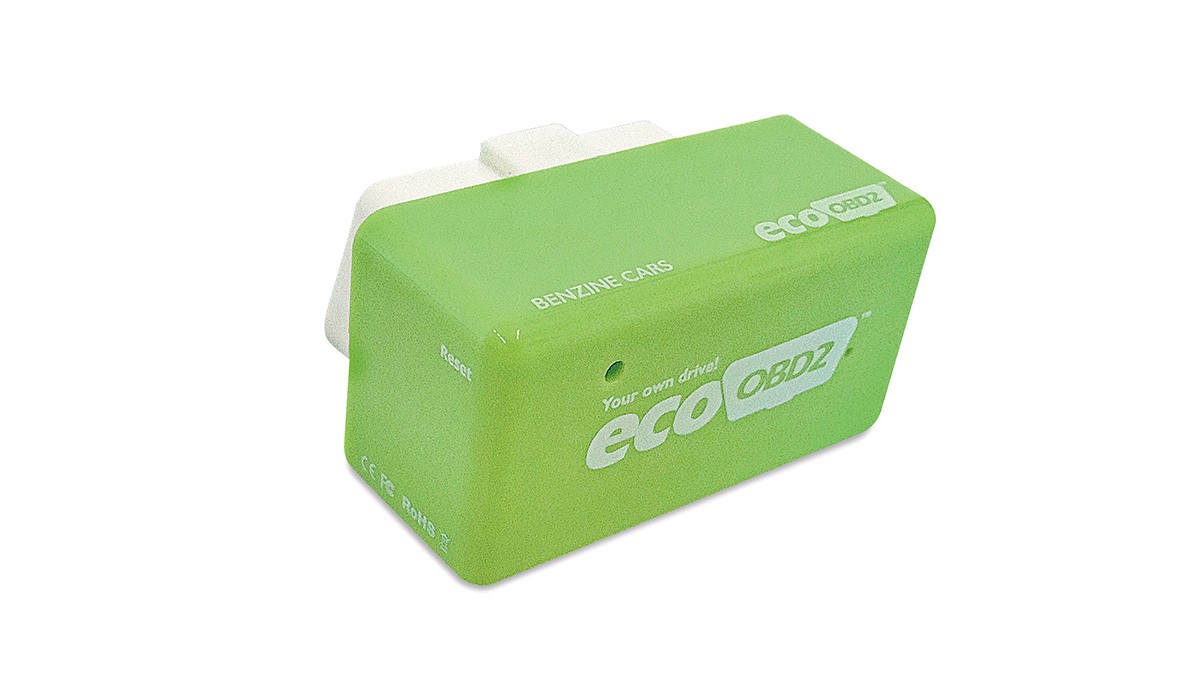The internet is flooded with fuel-saving devices, many of which offer confusing or unsubstantiated explanations of how they work. The Eco OBD2 is one such device, claiming to improve fuel economy by up to 15%. But does this small, OBD2 plug-in device live up to the hype? This article dives into the claims and examines the results of real-world testing.
How Eco OBD2 Claims to Work
The Eco OBD2, a compact device measuring roughly 7 x 2 cm, plugs into a vehicle’s OBD2 port (standard in cars manufactured after 1996 in the US and 2010 in Brazil). It supposedly modifies the engine’s management map to optimize fuel consumption for gasoline, ethanol, or flex-fuel vehicles.
Eco OBD2 Installation and Testing
Following the English instructions, the device was installed in a Hyundai HB20 1.6 16V for testing. The installation process involved connecting the Eco OBD2 to the OBD2 port, turning the ignition to the first position, pressing the reset button for 5 seconds, and waiting 30-54 seconds for the device to connect with the engine control unit. Finally, the engine was started to complete the installation.
Per the manufacturer’s recommendation, the vehicle was driven for 200 km to allow the Eco OBD2 to adapt to the car’s ECU. Fuel consumption tests were then conducted on a test track, both with and without the device installed. The HB20 achieved 11.2 km/l in the urban cycle and 16.0 km/l on the highway.
Eco OBD2 Test Results and Conclusion
Surprisingly, the fuel consumption results were identical in both tests, with and without the Eco OBD2. The device, selling for an average price of R$ 62.90 on Mercado Livre, seemingly had no impact on fuel efficiency.
In conclusion, the Eco OBD2 failed to deliver on its promise of fuel savings. While the theory behind modifying the engine map might sound plausible, the real-world testing demonstrated no discernible improvement in fuel economy. This reinforces the importance of skepticism when evaluating such devices and emphasizes the need for thorough testing before making a purchase. Based on these findings, the Eco OBD2 receives a rating of 0.
